S4:EP4: COFFEE SMARTER
Topic: Developing Flavors During the Roasting Process.
Guest: Chris O’Brien, Coffee Cycle Roasting
Title: Founder/Head Roaster
Instagram: @coffeecycleroasting
Website: www.coffeecycleroasting
If your goal as a coffee roaster is to roast the perfect cup of coffee, you’ll probably be working towards it for a very long time.
That is the first lesson I took away from this R!WC Coffee Smarter episode with guest coffee expert Chris O’Brien all about how to develop flavors in coffee.
To recap: The 3 General Phases of Coffee Roasting:*
Stage 1 is The Drying Stage which is poorly named because drying happens throughout the process, but it is the first time the temperature of the bean is rising. It will be the biggest spike in temperature change when looking at the rate of rise, which is represented in the roasting software as a line graph.
Rate of Rise (ROR) is measuring how quickly the beans heat up. Those beans are being heated the entire time they are in the roaster drum, but they are not INCREASING IN HEAT as quickly the further into the roast they get. So the chart will be a steep spike at first, and then a gradual decline as the temperature continues to rise but does so more slowly.
Stage 2 is The Maillard Phase. This is the caramelization phase or browning phase in which heat causes a reaction between an amino acid and the sugar in the coffee. It doesn’t necessarily mean you’re making the beans sweeter, but it is the period in which the roaster can most enhance the flavors found in the coffee.
At this point, the rate of rise has peaked, and the roaster is trying to increase the temperature of the coffee beans as smoothly and consistently as possible. The ROR line graph will look like a long bunny hill slope coming down from the peak.
Stage 3 is The Development Phase, where the bean is cooking, and the roaster is trying to get the inside of the bean cooked to match the outside. As evenly as possible, like the reverse of how a master of the grill might cook a steak.
There are a lot of things that can go wrong, leading to under or over-roasted coffees. Grassy, vegetal, and peanut are common under-roasted flavor characteristics. Smoke and carbon are common over-roasted favors.
Beyond the time the beans spend in the roaster, it is important to remember that coffee beans are an organic, ever-changing material! How the beans are shipped and stored, what temperature changes they are exposed to, how long they sit since being picked, and the humidity of the room where they are stored are just some of the variables roasters are engaging with as they try to draw out the best possible flavors in a coffee.
The second lesson I took from this Coffee Smarter Session, successful flavor development, is all about continually re-evaluating, testing, tasting, and tweaking in an attempt to develop the best possible flavors out of the bean.
THE SOAK
Chris mentioned soaking as a roasting technique as a way to prevent tipping (see vocab below) but didn’t elaborate during the show. I did some digging. The first thing I learned was that it has nothing to do with putting green or roasted coffee beans in water.
It is actually a reference to soaking the beans in a lower than normal heat during the first phase of the roasting process. In some cases, the beans absorb heat from the preheated drum up to about 300˚F. Only after the beans match the internal temperature of the roaster do you hit the burners, heating them up slightly further before beginning to reduce the rate at which the temperature rises (ROR).
According to Giessen Coffee Roasters, the times to use this technique would be when you have a low-density coffee bean, a freshly harvested green bean, or a delicate coffee. The process is gentler on the beans during the roasting process and will help prevent over roasting, tipping, and/or scorching of your coffee beans.
FROM THE SHOW
Willshine Tea got a shout-out at the beginning of the episode. You can check out their website (willshinetea.com) or follow @willshinetea on Instagram to learn more about their teas and Ocean Beach, San Diego-based teahouse.
TODAY’S COFFEE VOCAB COURTESY OF SWEETMARIAS.COM
ROAST! INDUSTRY PARTNERS
Steady State is getting ready for the Valentine’s Day holiday. Join them Saturday 2.12.22 from 10am -2:00pm for their first ever Valentines Day Pop Up Event.
The R!WC Industry Partners are awesome. Click these links. Drink their coffees and whiskeys. Visit their cafes. Support local coffee shops. You won’t be disappointed.
Zumbar Coffee & Tea • First Light Coffee Whiskey • Leap Coffee • Steady State Roasting • CAFÉ LaTERRE • Mostra Coffee • Cape Horn Coffee Importers • Marea Coffee • Coffee Cycle • Camp Coffee Company • Ignite Coffee Company
LISTEN ON THESE PLATFORMS
APPLE PODCASTS • SPOTIFY • ANCHOR.FM • GOOGLE PODCASTS • AMAZON MUSIC • THE COAST NEWS • TUNEIN RADIO • I HEART RADIO • POCKETCASTS • BREAKER • RADIO PUBLIC • OVERCAST • YOUTUBE • STITCHER
Thank you for reading. Roast! West Coast grows through word of mouth. Please consider sharing this post with someone who might appreciate it.

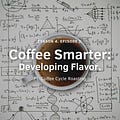



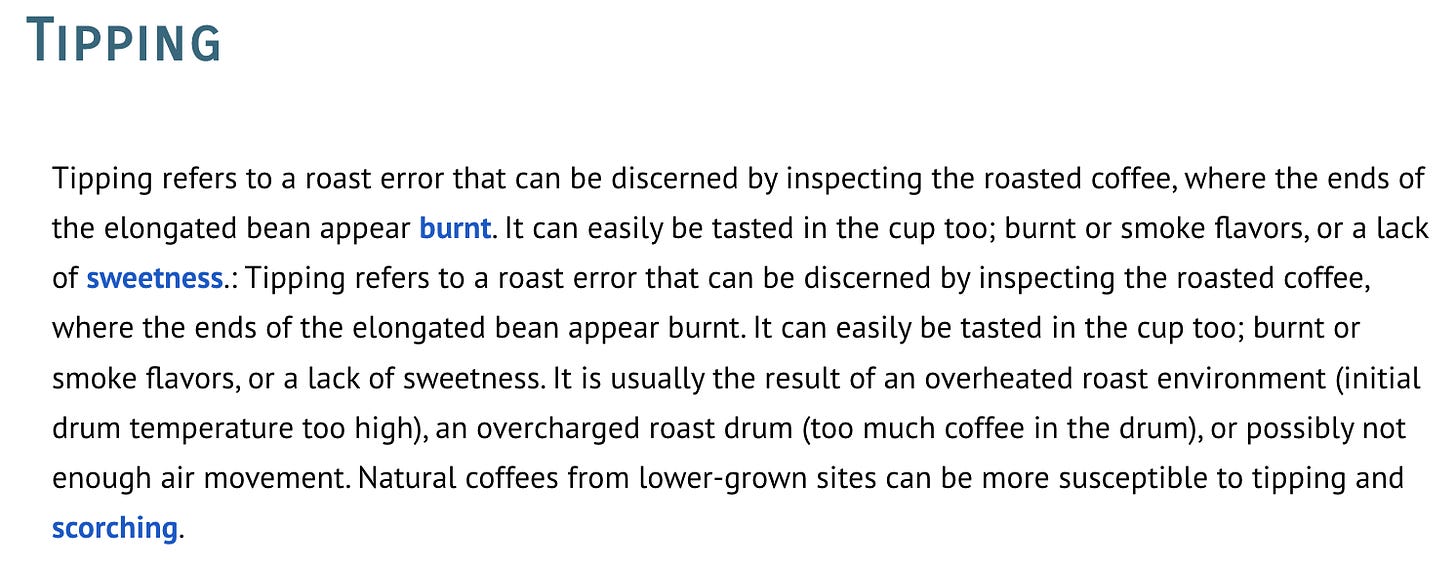

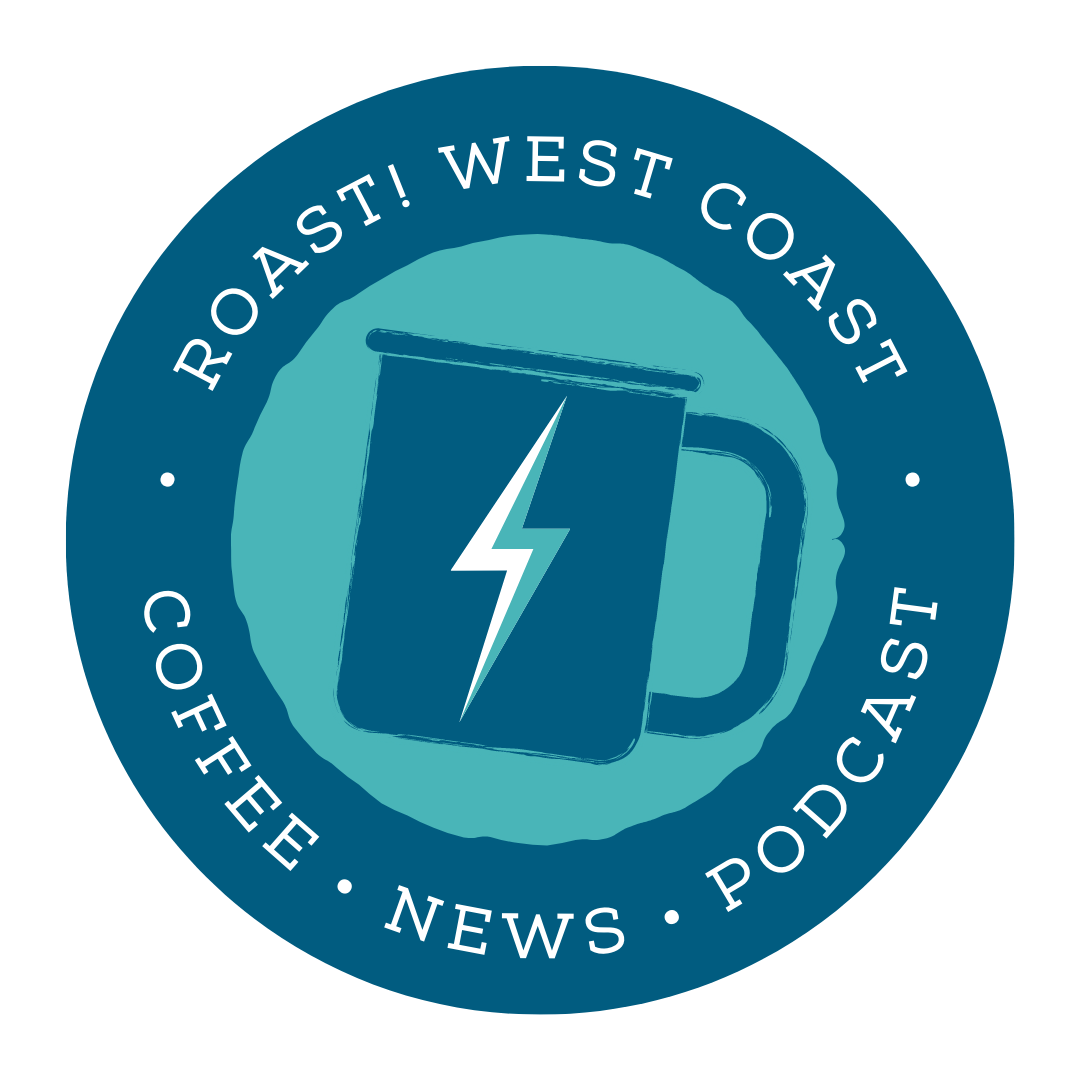



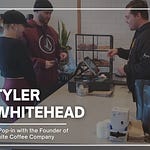

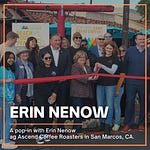
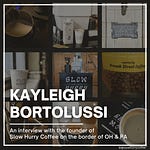
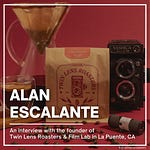
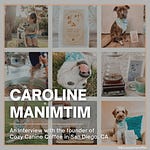
Roast! Coffee Smarter: Flavor Profile Development